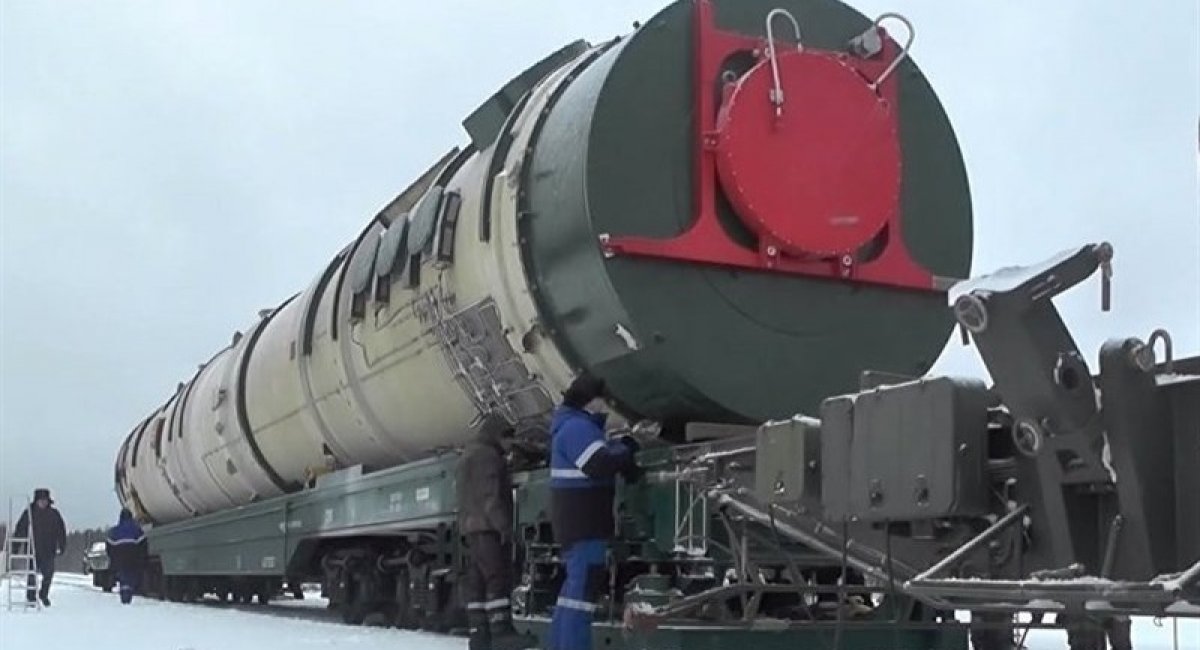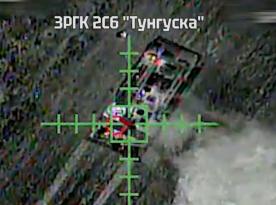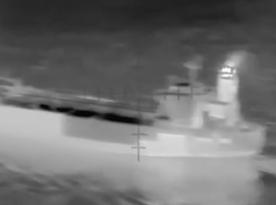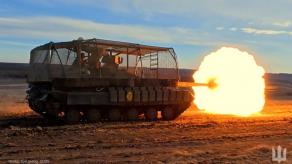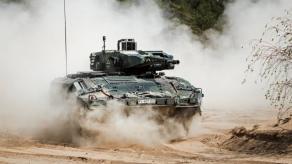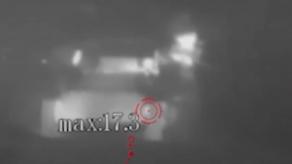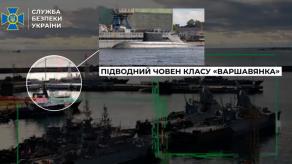CNN informed this with reference to two US officials familiar with the matter.
Russia notified the United States in advance of the launch through deconfliction lines, one official said. Another official said that the test did not pose a risk to the United States and that the US did not view the test as an anomaly or an escalation.
Read more: German Military Officer Reveals the Term Frame for Ukrainians Training on Leopard Tanks and Importance of Teamwork
The test of the heavy SARMAT missile – nicknamed the Satan II in the West and capable of delivering multiple nuclear warheads – appears to have failed, officials said. It has been successfully tested before and had this one worked, US officials believe Russian President Vladimir Putin would have highlighted the test in his State of the Nation address on Tuesday.
Instead, Putin made no mention of the launch in the speech that lasted an hour and 45 minutes. He did, however, formally declare that Russia will be suspending his country’s participation in the New START nuclear arms reduction treaty with the United States, imperiling the last remaining pact that regulates the world’s two largest nuclear arsenals.
CNN initially reported the apparent test occurred while Biden was in Ukraine based off information from sources. After this story first published, one of the officials said the test occurred just before Biden was in the country. The second source had told CNN that the test was on Monday without providing any more specific timing.

The timing of the test suggests that the US and Russia were communicating through several different channels earlier this week for deconfliction purposes – US officials also notified the Russians on Sunday night, hours before Biden’s visit to Kyiv, that the president would be making the trip to the Ukrainian capital, national security adviser Jake Sullivan said on Monday.
Putin has announced successful ICBM tests in the past, including last April, just months after Russia invaded Ukraine. That test was also for the SARMAT missile which was first unveiled in 2016 and said by Russian state media to have a range exceeding 11,000 kilometers (6,835 miles). The missile can carry a warhead weighing 100 tons and was designed as a successor to the R-36M Voevoda ICBM.
Read more: Chronicle of the russian federation Crimes in Ukraine (February 2023)




